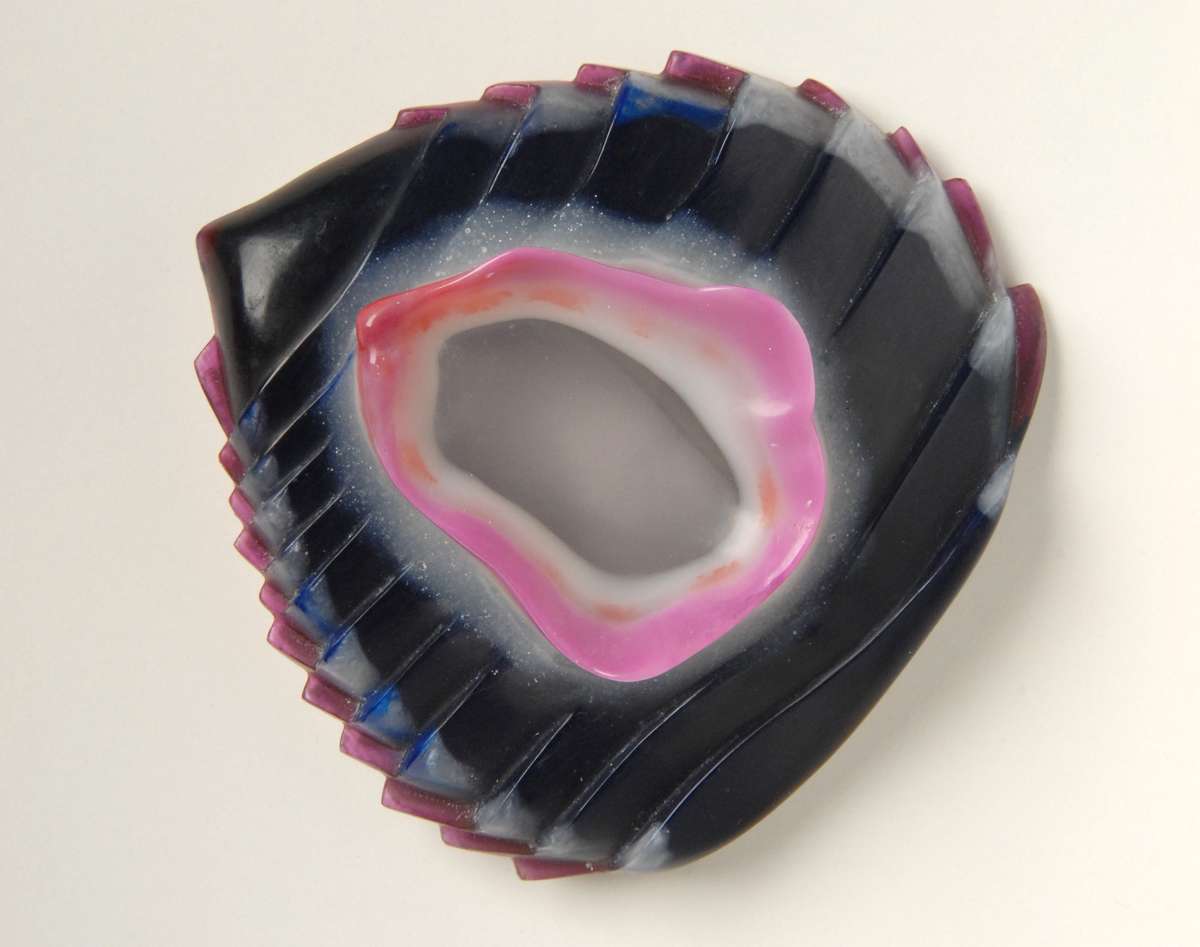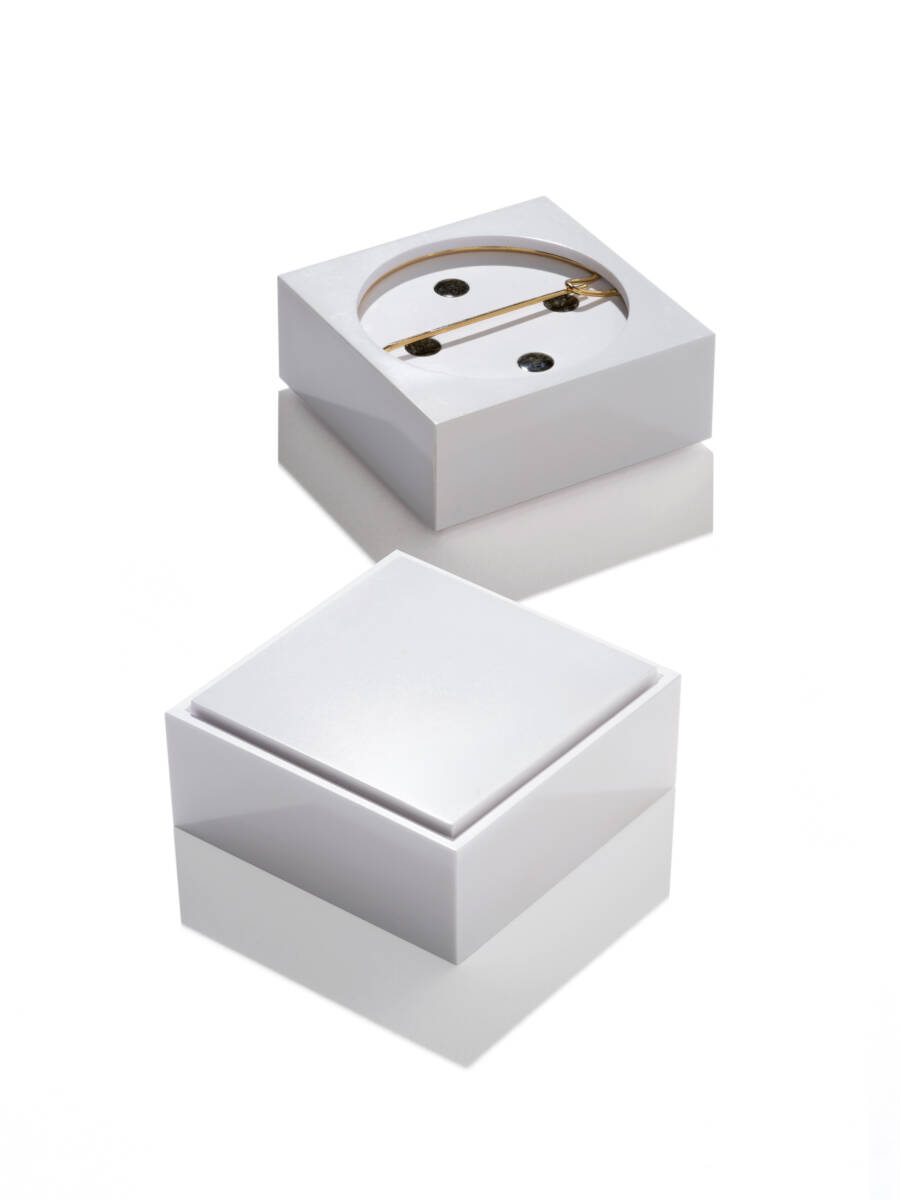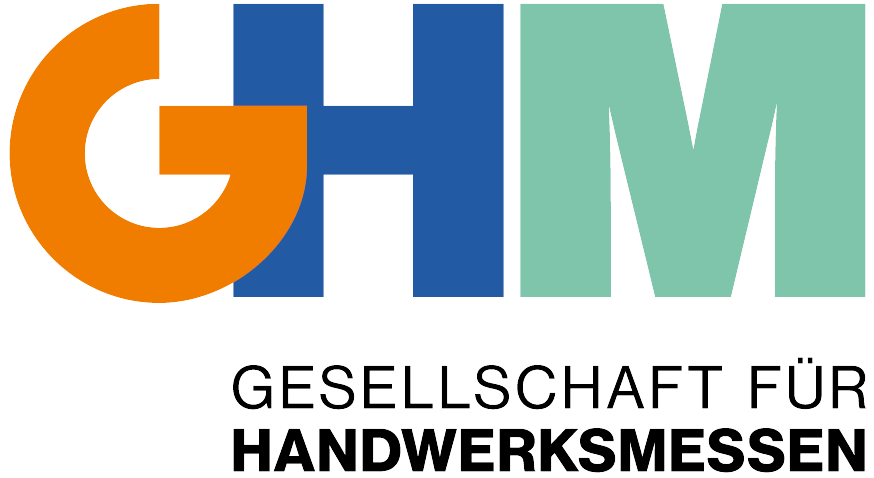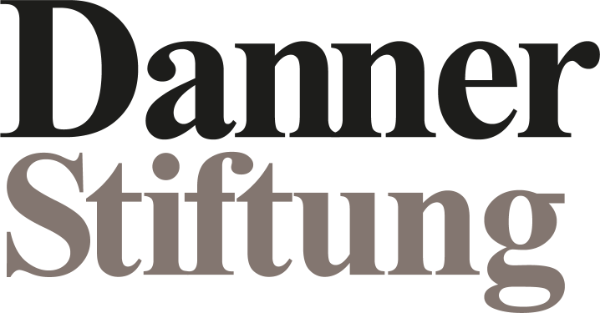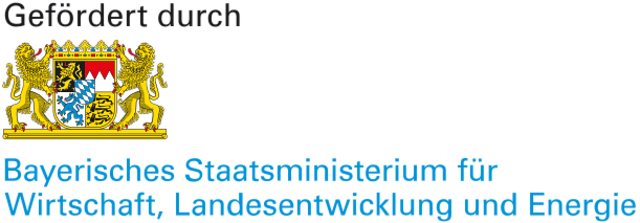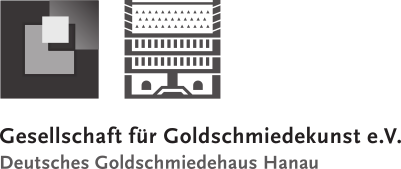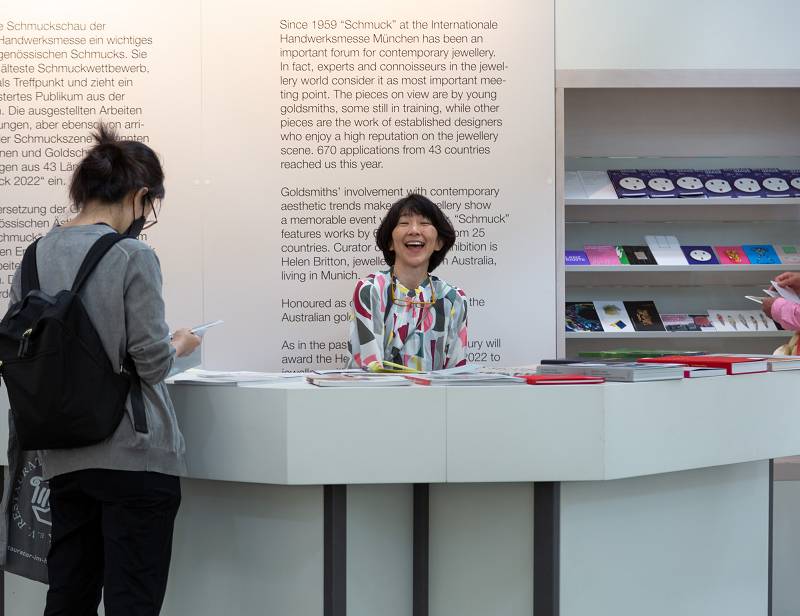
Visitor information
Visit the special show during the Internationale Handwerksmesse in hall B1, stand no. B1.770.
Show in Google Maps
Opening hours
Wednesday, March 12 to Sunday, March 16, 2025
09:30 – 18:00
Arrival by Underground
Underground line 2, “Messestadt West” station
You can find more information on how to get here on the Internationale Handwerksmesse website. You can also buy your tickets online there.
Dr. Jurgita Ludavičienė, Curator 2025
Dr. Jurgita Ludavičienė studied fashion design and holds a doctorate in art theory and history as well as art criticism. She has worked as editor-in-chief and curator of numerous international exhibitions of contemporary art, jewellery and applied arts. She worked for several years as an expert at the Lithuanian Council for Culture and is a member of the Lithuanian Artists’ Association and AICA (International Association of Art Critics). Since 2014 she has been working as a lecturer at Vilnius Art Academy, and since 2021 she has been the chief curator for exhibitions at the Lithuanian National Museum of Art, e.g. the “Metallophone” biennial.
Dr. Jurgita Ludavičienė juried 62 entries from 29 countries this year. 789 artists from 51 countries applied to take part in the exhibition.
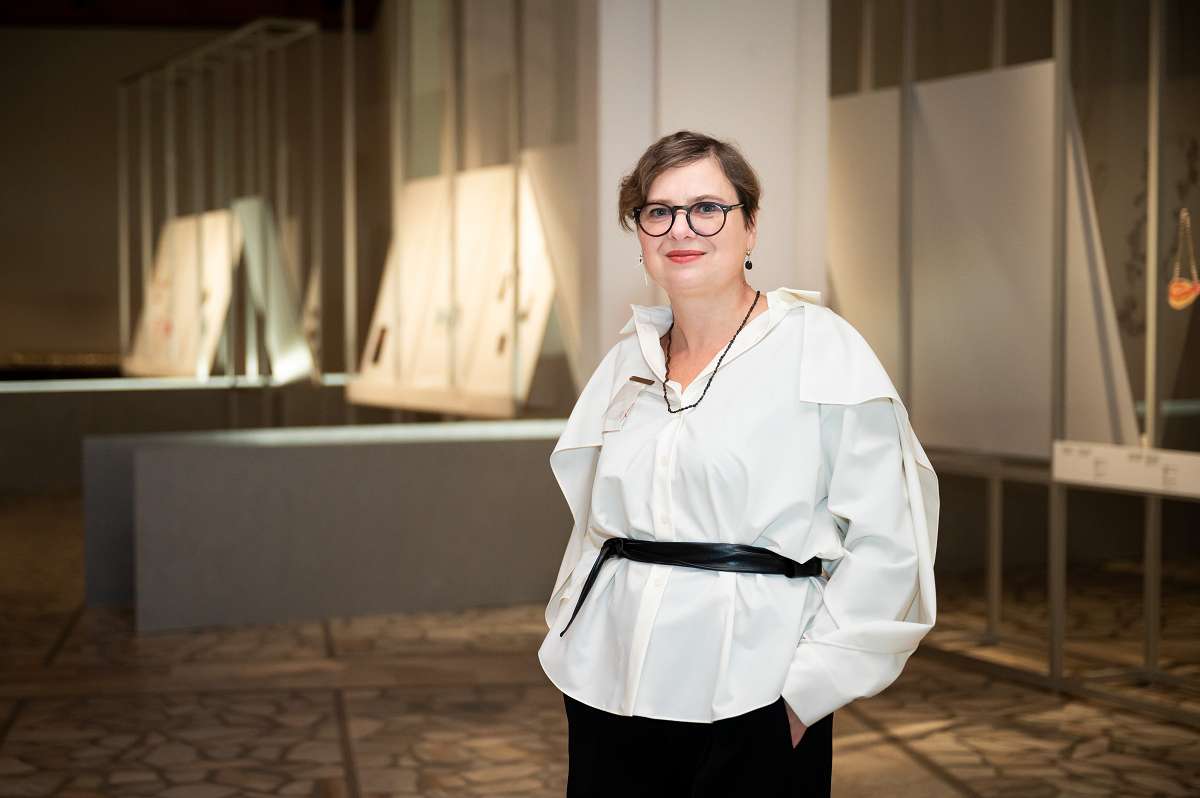
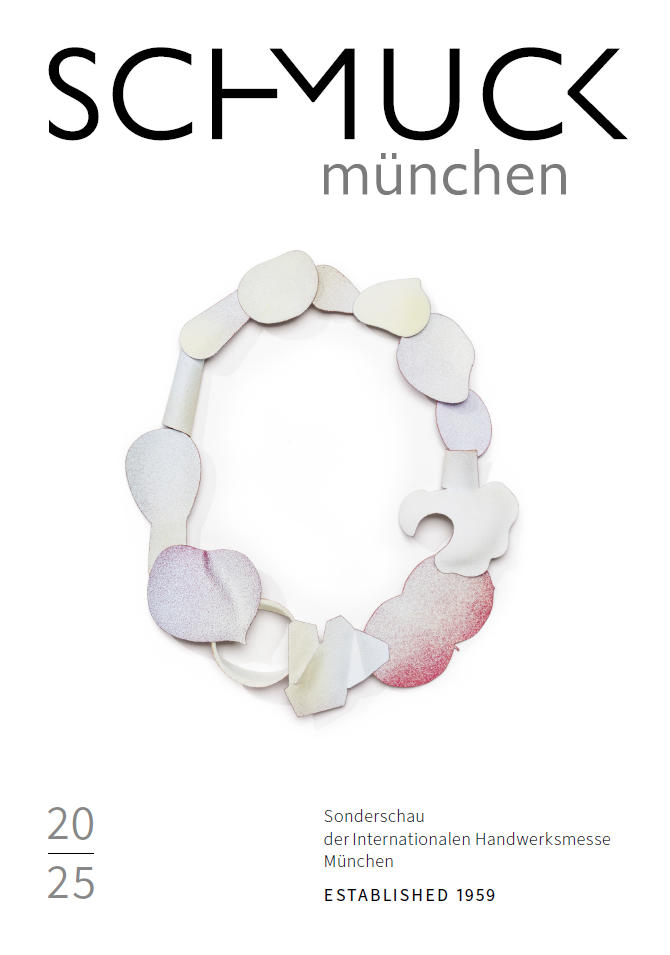
Catalogue
Each SCHMUCK exhibition has been documented in a catalogue since 1983.
The 2025 catalogue will be available to you at the start of the trade fair.
You can purchase it at the Internationale Handwerksmesse in Hall B1 and in the Galerie Handwerk or order it online.
Modern classics
During the special exhibition, we present the artistic position of a classic artist. A spectrum across their style-defining life’s work shows trend-setting themes and questions.
The life’s work of Munich artist Bussi Buhs is honoured at SCHMUCK 2025.
“The echo chamber of the soul is the most important and only valuable place available to us. This is where the truly human happens, where it goes into the depths of the world, whether in everyday trivialities or unique events that are food for the soul. The soul is with itself in the primal human and blossoms in silence. The arts supply this wealth indestructibly.”
Bussi Buhs
Winners of the Herbert-Hofmann-Prize 2025
Nikita Kavryzhkin, Russia
The Russian artist lives in Idar-Oberstein, one of the centers for gemstone design. With his “Sheep in a Box” brooch, he recalls the story of the Little Prince, who looks at the world through the eyes of a child. His work, cut from Cachalong stone, is an invitation to see what is hidden. The white box, which is worn on the jacket, can be filled by each wearer and also by the viewer according to their own ideas. These personal secrets are precious. And the brooch is also a reminder that we should never allow our freedom of thought to be restricted or taken away.
Eija Mustonen, Finland
The Finnish artist loves the grand gesture. The copper elements are joined together to form a chain that acts like a protective charm. It combines the conceptual idea of an amulet with the physical size of the individual plates. She uses a hammer and anvil to three-dimensionally shape the copper elements. The signal red is created in a chemical dyeing process and radiates a warmth in the chosen colour that does not repel the viewer. The wearer’s movements are accompanied by the metallic sound and emphasize the striking appearance.
Jounghye Park, South Korea
In her work, the Korean artist takes a critical look at the issue of the mass use of clothing, industrial production and environmental destruction. She gives them value through their devoted layering and landscape-like modeling and their use as brooches. Her appeal goes out to all of us that we can also create value from waste through creativity and craftsmanship. In her narrative work, she exhorts us to save ourselves in the search for beauty.
Winner of the Bavarian State Prize 2025
Bussi Buhs, Germany
Jewelry works from the entire creative period
Bussi Buhs is honored for her life’s work. As an artist, she found her expression in jewellery and plays tirelessly with colours and shapes. Her material is plastic, which she analyzed in depth and tested for its suitability in art as part of a postgraduate degree in chemistry in addition to her art studies. Her wealth of forms comes from the immediate surroundings of everyday life, which she collages and alienates. During her many years at the Academy of Fine Arts in Munich, she shared her research findings with generations of artists-to-be.


